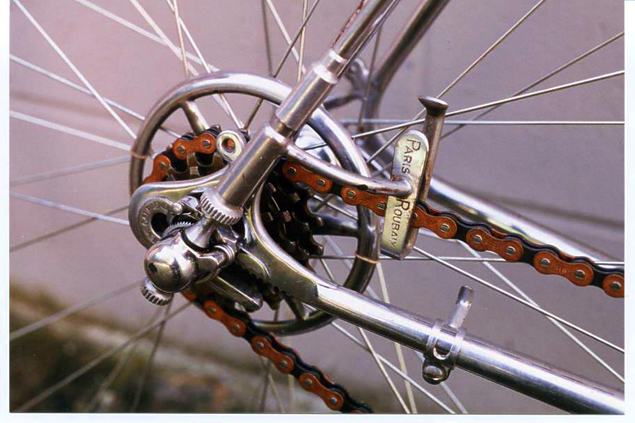-
On a normal fixed, when the cranks are at the deadpoint at 12 and 6 o'clock it's the 'lower' part of the chain which pulls the cranks through the deadspot.
If that's true, how do you ever make any forward progress on a freewheel bike? Think about it for a few seconds and you'll see why that old wives' tale about fixed is a steaming pile of shite. Anybody in any doubt about the matter from simple logic can go and check their polar curve on a Wattbike or such like to prove that nearly all cyclists with two more or less functional legs can generate forward torque through the whole 360°
-
Obviously you can generate forward torque through the whole turn but you can still apply the most power when the cranks are vertical. If it's not true that the cranks carry more power through the deadspots on a fixed, then what are the benefits of a fixed gear drive train when compared to a single speed? Do you reckon a track cyclist would be exactly as fast on the same bike with a freewheel? So the only reason for a fixed drive train in track cycling is the tradition?
 gbj_tester
gbj_tester Sig_Arlecchino
Sig_Arlecchino
The 'forward going benefits' wouldn't apply I think. On a normal fixed, when the cranks are at the deadpoint at 12 and 6 o'clock it's the 'lower' part of the chain which pulls the cranks through the deadspot. You wouldn't have this 'pull-effect' with a derailleur. The sturmey archer would be the easiest solution: http://www.sturmey-archer.com/en/products/detail/s3x-silver Alternatively, you could develop a new system on the basis of the old campagnolo paris-roubaix system which 'works' without a 'derailleur' (technically, it still has a derailleur but not in the sense of a modern derailleur which adjusts the chain slack):